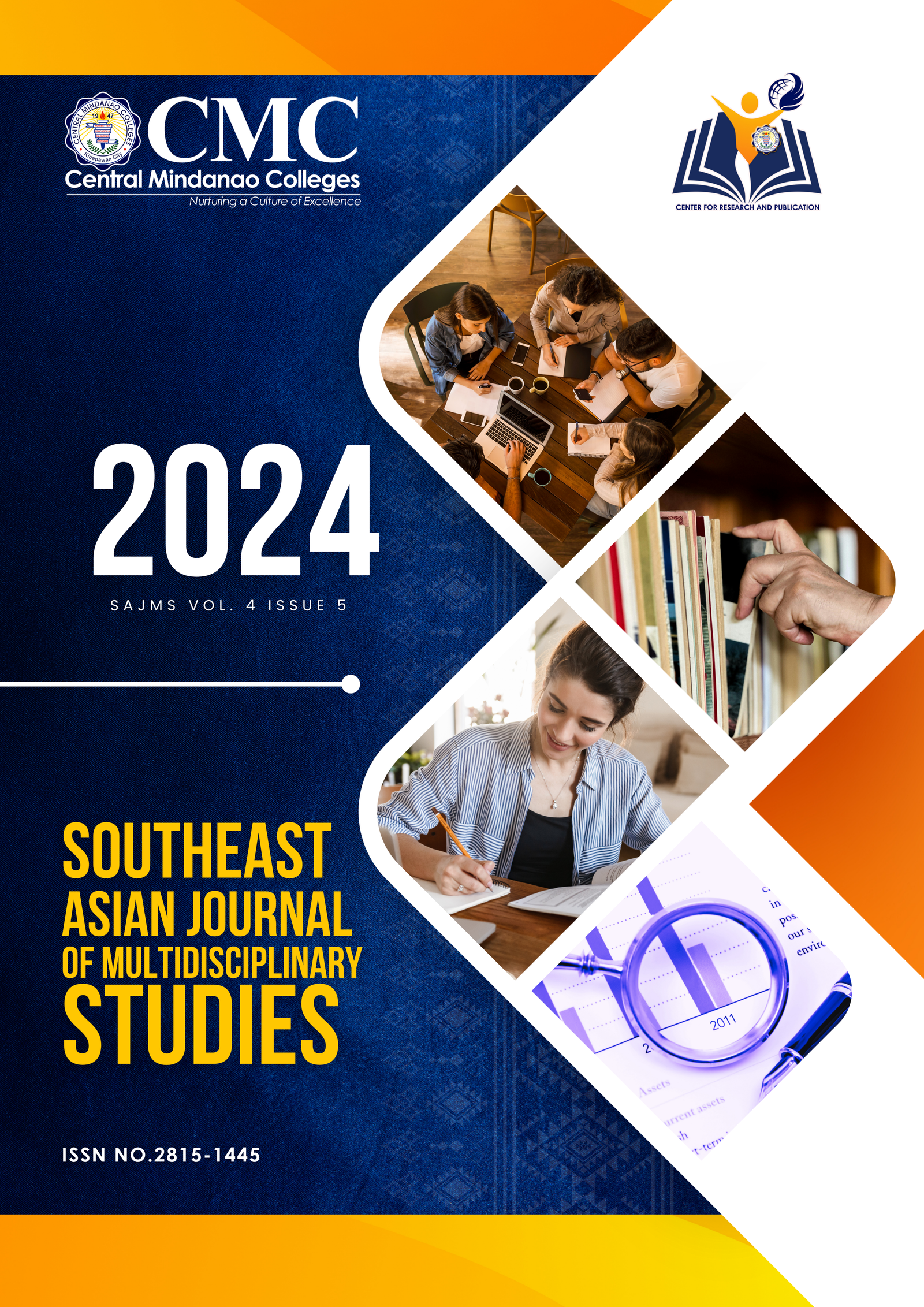Abstract
Madrasah (school) setting specifically those that were situated at Kidapawan City, the Asatidz (teacher) have experienced new challenges in teaching and learning in lieu to the current educational status that we have today considering that Arabic Language and Islamic Values Education (ALIVE) is an additional subject for selected learners. Existing and new challenges in teaching and learning in the said setting were discovered during this three-month long research study. The following were determined in the research study conducted: lived experiences of the Asatidz in the Madrasah program, challenges encountered by the Asatidz in the Madrasah Program, pedagogical strategies or approaches employed to overcome the challenges, and the recommendations in the sustaining the Madrasah Program. After the data has been gathered, it has undergone thematic analysis, more precisely the Colaizzi approach, which methodically examines and extracts insights and deeper meanings from the experiences of participants. Participants of this study were composed of eighteen (18) Asatidz that are employed in the Madrasah (schools) located at Kidapawan City. Purposive sampling was employed to critically choose the participants that are fit to respond to the prepared interview guide questionnaire. Live experiences of the Asatidz often revolve around instruction, the promotion of Islamic values, and equity. Challenges encountered by the Asatidz in the Madrasah Program are focused mainly on pedagogical hurdles, operational limitations, and instructional obstacles. Moreover, pedagogical strategies or approaches employed to overcome the challenges include instructional variety, utilization of emerging technology, and stakeholder involvement. And lastly, the recommendations in sustaining the Madrasah Program were collective engagement and assistance, modernization, and career advancement

